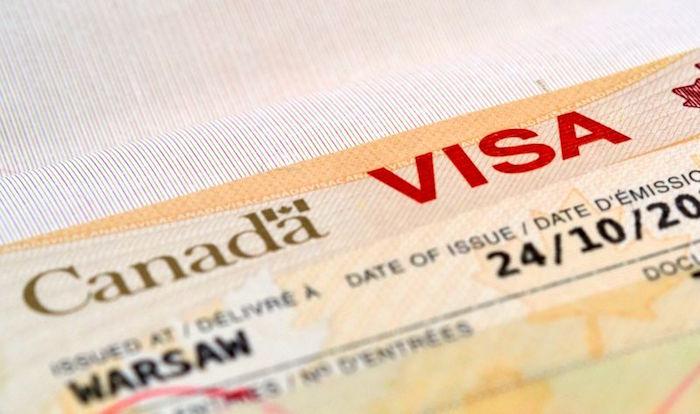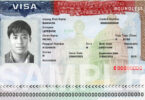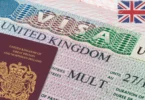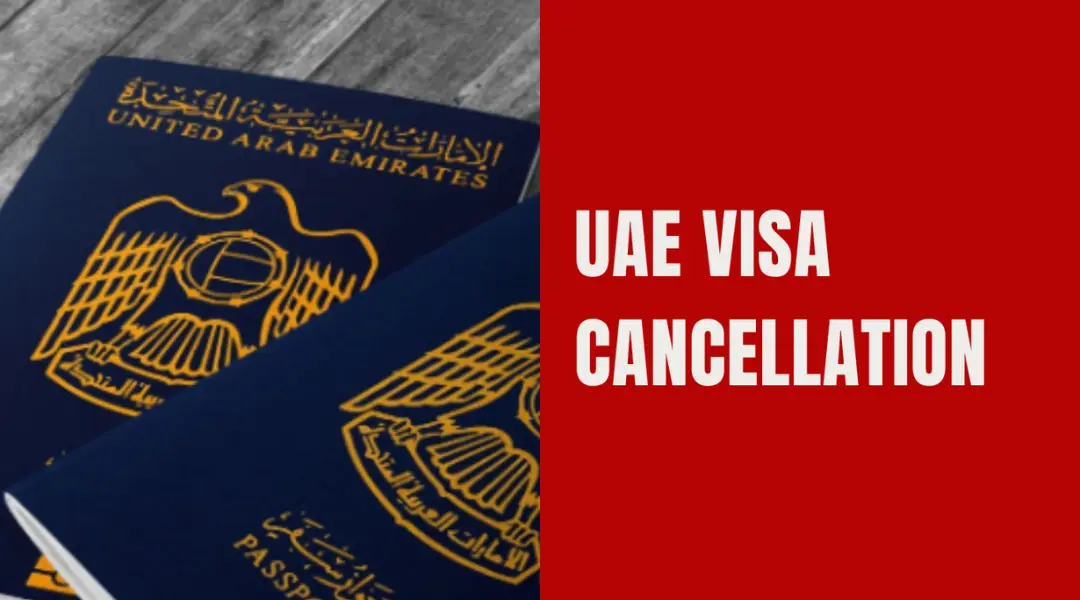A Canada visa is an official approval awarded by the government of Canada that permits people to enter the nation with different intentions. Because of its strong economy, succeeding cities, and attractive natural environment, Canada is a well-known location for tourists, investors, students, and other travelers.
A lot of citizens of foreign countries can only travel to Canada after getting a visa in advance. Some are only allowed to get a Canada Electronic Travel Authorization (eTA). Hence, every other country is required to get a Canada visa before landing at the port of entry. The application procedure can mainly start online; however, certain cases may need extra steps, which include Biometric presentations at the Visa Application Center (VAC) and prospectively going for interviews.
Gladly, Canada provides several types of visas for travelers to choose from. Each type of visa varies by authenticity, duration, intention to travel, and period of stay. When making an application, people are required to carefully contemplate their travel intentions to choose the most appropriate visa class. This ensures that the selected visa matches correctly with their objectives.
TYPES OF VISAS IN CANADA
Canada provides four classes of visas, and each visa has its sub-kinds. Below are the visa classifications and types that qualified candidates can choose from:
Visitor Visas
The visitor visa is also called a Temporary Resident Visa (TRV). This class of visas is kept for visitors moving to Canada to seek non-profitable exercises, which includes tourism. The period of visit can prolong up to six months as specified by the immigration officials at the port of entry. Below are the obtainable kinds of visitor visas in Canada:
- Canada visa for intending organ donors
- Super visa
- Facilitation visa
- Diplomatic or official visa
- Visa for the purpose of giving birth
Immigrant Visas
For people seeking to immigrate to Canada as an immigrant, there are so many kinds of immigrant visas. Each type of visa possesses its own principles and conditions; therefore, candidates must double-check these details before applying. Below are the active types of immigrant visas in Canada:
- Provincial Nominees
- Express Entry Visa
- Economic Mobility Pathways Pilot
- Business Immigration Visa
- Agri-Food Pilot
- Family Sponsorship Visa
- Rural and Northern Immigration Pilot
- Atlantic Immigration Program
- Refugee Visa
- Caregiver Visa
- Self-Employed Visa
- Startup Visa
Working Visas
Almost all international citizens are required to get one of the Working Visa types to be hired in Canada. Employer-specific work visas are obtainable, and open work permits are not tied to one particular employer or business. Canada also provides types of work visas for certain industries and experiences.
Student Visas
Every international citizen who is going to Canada to study at designated institutions is required to get a study permit. The study permit is not a visa, and most students will also need to get a Visitor Visa or Electronic Travel Authorization (eTA). The necessary visa will often be allocated together with the study permit.
APPLICATION STEPS FOR A CANADA VISA
While the application procedure will differ based on the type of visa and the candidate’s country, below are the fundamental steps that candidates can use to present their Canada visa.
Step One: Choose the accurate type of visa
Candidates must ensure they select the correct visa class and visa type for their travel intentions.
Step Two: Assemble the needed documents
According to the official principles, candidates are required to ensure they provide all the necessary documents for their visa type.
Step Three: Make an application for the visa online
Every candidate, provided they do not file their request at a Visa Application Center, can apply for their Canada visa online by developing an account and observing the fundamental steps for uploading documents.
Step Four: Make payment of the visa fee
Visa fees can be reimbursed online using an authentic credit or debit card. In most situations, candidates may choose to file their request and pay the fees at a visa application center.
Step Five: Present biometric information
All candidates are required to go to the closest Visa Application Center to complete their biometrics, which involves fingerprints and pictures, and file their request if they did not do it online.
Step Six: Wait for Judgement
The Canadian Government officials will process the application for a Canadian visa. If authorized, a request for the candidate’s passport will be forwarded.
Step Seven: Forward the passport
Directions will be forwarded to the candidate clarifying how to send their passport. Once gotten, the sticker visa will be on a blank visa page and returned to the candidate.
NOTE: Additional documents may be needed for specific countries or types of visas to be given at the port of entry in Canada. Candidates must carefully observe the official directions for their type of visa.
REQUIREMENTS FOR CANADA VISA
To apply for a visa in Canada, candidates must present the necessary documents based on their type of visa. Hence, there are many documents needed for every type of visa. Below are the basic conditions for all visa types in Canada.
An Authentic Passport
Passports or travel papers are required to be authentic and consist of blank pages for official use. In some situations, a duplicate of the bio-data page of the passport, including every identification data and the candidate’s image, may be needed.
A filled-out application form
Candidates will find the visa application forms online on the Canadian Government web pages. The forms must be filled out correctly with all applicable travel and contact information.
Biometric Data (If Relevant)
Many applications for Canadian visas require the candidate to offer biometric data, such as a photograph and fingerprint. In several situations, this can be carried out at a VAC.
Payment of fees for visa
Many candidates reimburse their fees online via the official Canadian Government portal using a credit or debit card. In most situations, candidates can decide to pay their fees at the Visa Application Center (VAC) when completing their application.
NOTE: Additional documents will be needed based on the type of visa and the candidate’s country. These documents might include a certificate of birth, a job agreement, evidence of admission to study a course, evidence of financial subsistence, and others.
WHERE TO MAKE AN APPLICATION
The place and pattern of presentation for a Canadian visa will depend on the type of visa and the candidate’s country. Almost every Canada visa request can be done online at the official Canadian Government webpage. In most situations, candidates may need to go to an Immigration, Refugee, and Citizenship Canada (IRCC) office or VAC to conclude the request procedure. Giving biometric information, which has to do with fingerprints and images, is generally concluded at the nearest Visa Application Center.






